Get ready for the most incredible bread recipe EVER! This Soft & Fluffy Cottage Cheese Yeast Bread is not only high in protein and lower in carbs thanks to the addition of low fat cottage cheese, it’s also amazingly soft, fluffy and delicious. Plus it’s so easy to make - the recipe only requires bread flour, yeast, sugar, salt, water and low fat cottage cheese. It's easy as 4,3,2,1. I swear, you won’t want to go back to the regular white bread recipe after you try this one!
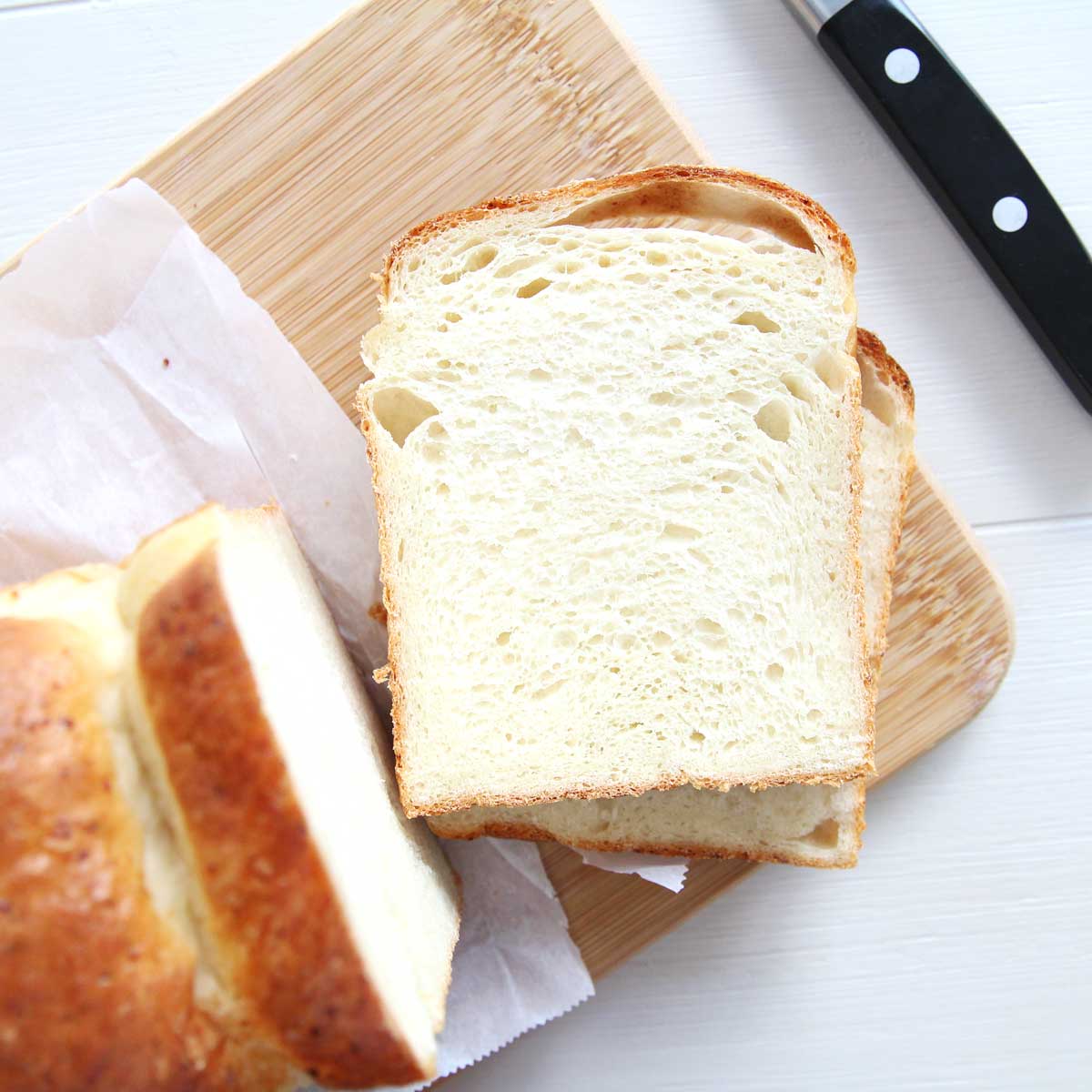
Here's why I love this recipe
- Simple to make, and needs only just a couple of ingredients. No eggs, milk or butter are required.
- Soft, fluffy, but with the right amount of chew and heartiness.
- lower carb and higher protein than regular white bread, thanks to the cottage cheese
- easy to prepare if you have a stand mixer or bread machine
- can be enjoyed for breakfast, lunch and dinner
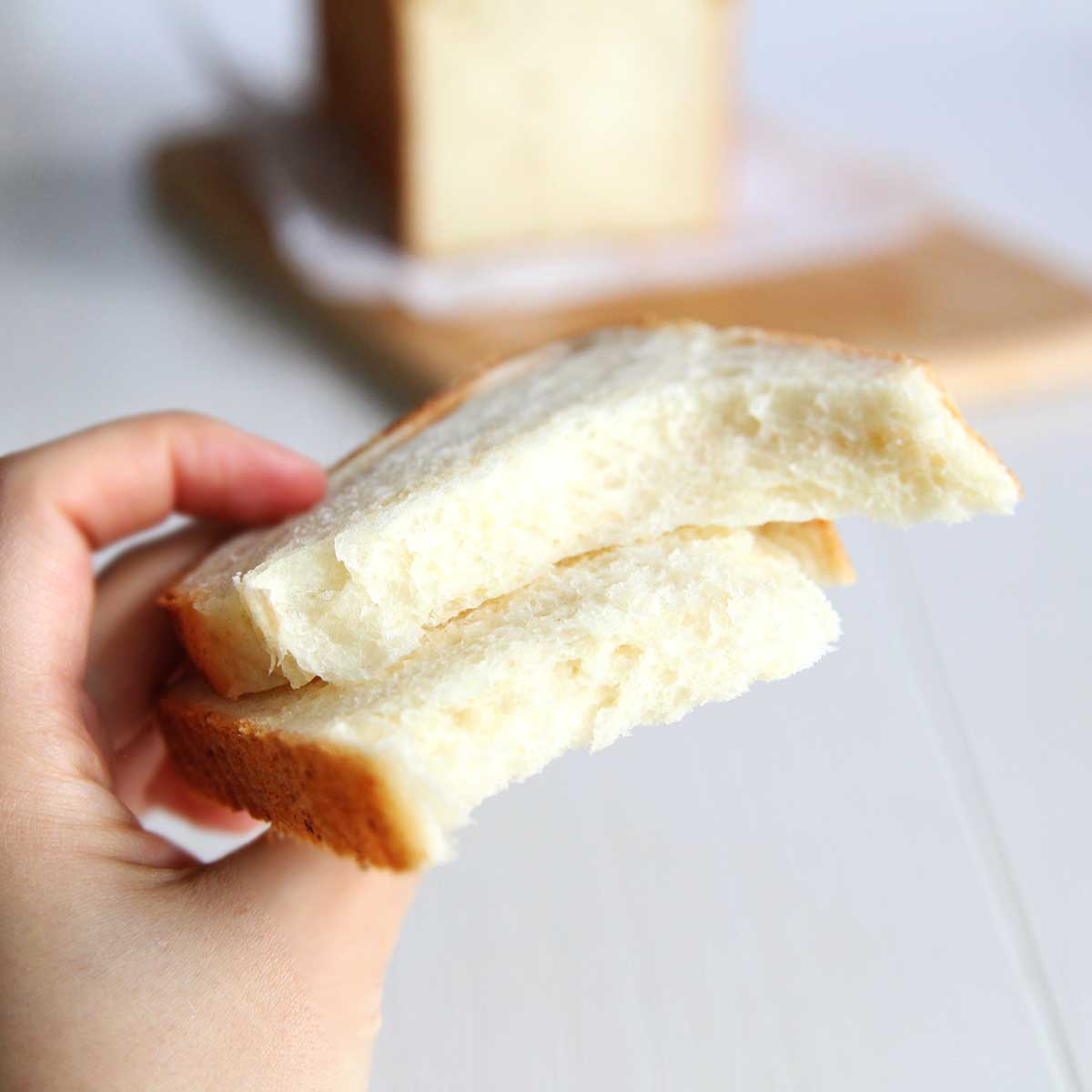
Ingredients Used to Make This Cottage Cheese Yeast Bread Recipe
**I've linked some of these ingredients to amazon.com to give you an idea of what they are, but you should also be able to find them in your local grocery store (usually, the baking aisle, or the natural & organic food section). They are also affiliate links, which means that I earn a commission as an Amazon Associate if you decide to purchase the items. The price will be the same for you, link or no link 🙂
- Bread Flour - I used bread flour for this recipe (I use King Arthur Bread Flour most), which I prefer and highly recommend for the best texture and structure. Please read the note on the substitution section below if using other flours.
- Instant Yeast - you can find instant yeast in the baking section near the flours. My favorite is SAF Instant Premium Yeast, which works quickly and consistently produces great results. I recommend using instant yeast over active yeast for this recipe since active yeast (unlike instant yeast) needs to be activated in water, which we don't add until the very end.
- Sugar - I used raw cane sugar, but you can use regular granulated white sugar, or healthier alternatives like coconut, date, or maple sugars which are less processed and more natural. I also sometimes like to use honey powder.
- For yeasted breads, I would not recommend using sugar-free substitutes such as monk fruit sweetener or stevia powder since they can cause the bread to not rise properly. If you prefer a lower sugar recipe, you're welcome to leave out the sugar. The bread might taste slightly plain, but it will not significantly impact the shape or texture of the bread.
- Salt - Pink Himalayan salt is what I have at home, so it’s what I use, but you can use any kind for this recipe.
- Low Fat Cottage Cheese - the plain (unflavored) kind. You can also use full fat or fat free cottage cheese for this recipe. Just be sure to use the small curd kind.
Equipment
- I used a KitchenAid Stand Mixer with a dough hook to knead the dough. You're also welcome to use a bread machine, or knead the dough by hand.
Bread Pan
- I used a 9 x 4 x 4 pullman loaf pan for this recipe, which helps to create tall breads with straight sides/ edges that's perfect for baking sandwich breads. If you don't have a pullman loaf pan, you can also use a 9 x 5 loaf pan instead.
More Cottage Cheese Recipes
Step by Step Guide
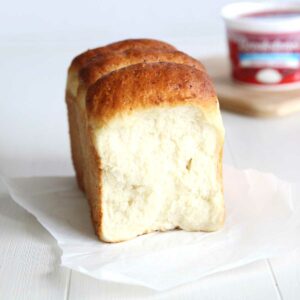
Soft & Fluffy Cottage Cheese Yeast Bread (Sandwich Bread)
Ingredients
- 4 cups bread flour sifted and leveled, (480g)*
- 3 Tbsp sugar **
- 2 tsp instant yeast
- 1 tsp salt
- 16 oz low fat small curd cottage cheese , warm or room temperature ***
- ¼ cup plus 1-2 Tbsp water
Instructions
- Mix all the dry ingredients (bread flour, instant yeast, sugar, salt) in the bowl of the stand mixer.
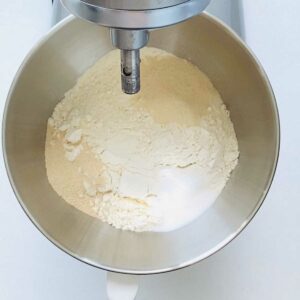
- Add the cottage cheese and ¼ cup of water to the dry ingredients
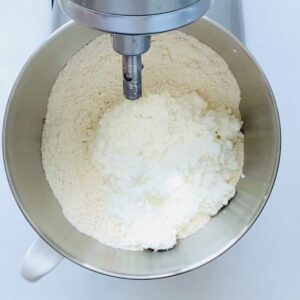
- Start to knead the dough at a low setting (speed 2) for about a minute, until all the ingredients are combined. You can add 1-2 Tbsp of water if needed.
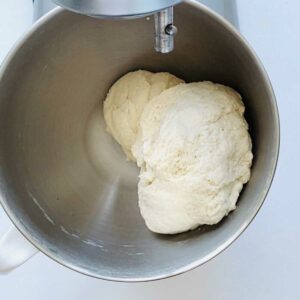
- Continue to knead for about 8 to 10 minutes, or until the dough pulls away from the bowl and forms a smooth, supple ball.
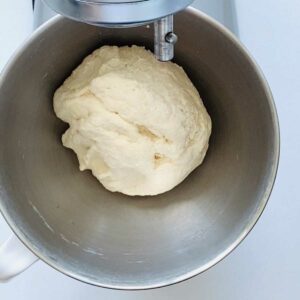
- Remove the finished dough from the mixer bowl and place in a lightly greased bowl.
- Cover and let rise until doubled, about 90-120 minutes***
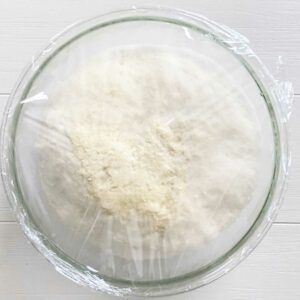
- Punch down the dough, then remove from bowl. Place on a generously floured surface and divide into 4 equal sized pieces.
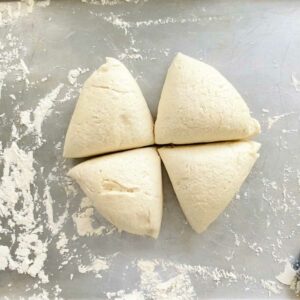
- Use a small rolling pin to flatten each piece into a 6 x 9 inch rectangles, and fold into thirds. Starting from the long side, roll the dough tightly into a tight cylinder (like a sushi roll or cinnamon roll). Pinch the ends to seal. Repeat with the other 3 pieces and place in a well-oiled bread pan. Here's a step by step guide to how I shape bread dough, here!
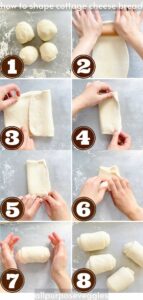
- Let the dough rise again for 60 minutes until puffy. Toward the end of the rise time, preheat the oven to 350F / 180C
- Optional: To add some color and shine to the bread as it bakes, gently brush the tops of the bread with 1 Tbsp of non-dairy milk mixed with 1 Tbsp of maple syrup. (Regular milk or egg wash also works).
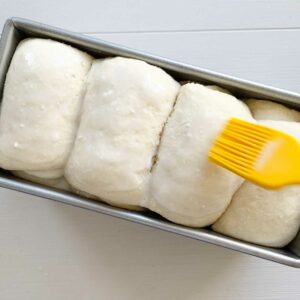
- Bake the bread for 15 minutes, then cover / tent the bread with aluminum foil to prevent over-browning, and bake an additional 15 minutes, or until the interior of the bread reaches 190°F.
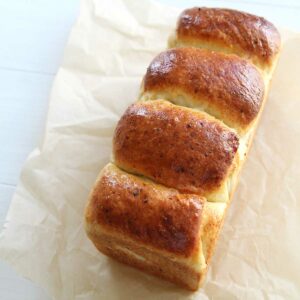
- Take the bread out of the oven, turn it out on a rack, and cool it slightly before slicing. Enjoy!
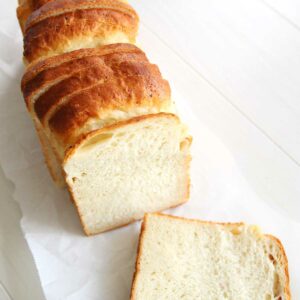
- Note: You can store this bread loaf, well wrapped, at room temperature for up to 3-4 days. For longer storage, you can place them in a plastic freezer bag or airtight container and freeze up to 3 months, then defrost them at room temperature or microwave before eating.
Video
Notes
Nutrition
More Bread Recipes (HERE)
Recipe Variations and Optional Add Ins:
I made this Cottage Cheese Yeast Bread recipe as basic and neutral flavored as possible so that people can customize it to fit their own tastes. Here are some awesome ways you can make this bread your own 🙂
- Add more flavor! A few tablespoons of grated parmesan cheese (nutritional yeast for a vegan twist) or a teaspoon or two of dried herbs would go really well if you want a more savory bread.
- Add more texture! Adding chopped nuts, seeds, or dried fruits or oats is a fantastic way to increase the nutrition and flavor in breads.
- Turn them into dinner rolls - instead of baking this recipe in a loaf pan, divide the dough into 12 pieces, shape them into rolls. You'll have to adjust the baking time (about 15 minutes for the batch).
How to Make this Cottage Cheese Yeast Bread Healthier
- Make this Cottage Cheese Yeast Bread healthier by adding a handful of nuts, seeds and old-fashioned oats to add texture and nutrition. Here are some ideas
- Nuts - chopped walnuts, pecans, cashews
- Seeds - poppy seeds, pumpkin seeds, sunflower seeds, sesame seeds, flaxseeds or chiaseeds
- Dried Fruit - chopped apricot, raisins, cranberries, dried cherries, candied ginger, citrus zests, etc.
- Want to add more fiber? Substitute white whole wheat flour for up to half of the bread flour called for in this recipe. You'll need to add a few more tablespoons of water to adjust the hydration since whole wheat flour absorbs more water than white flour.
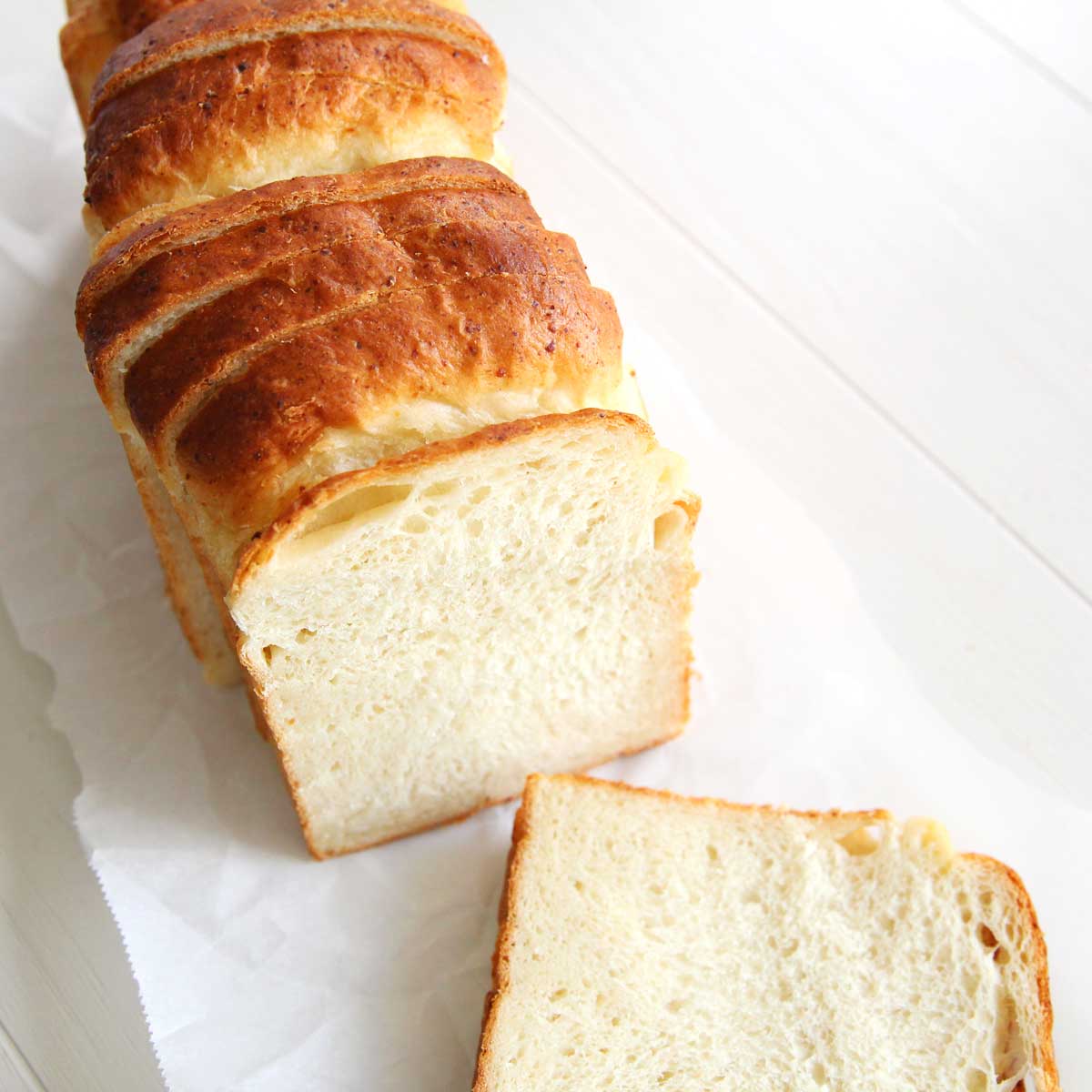
Note on Substitutions
- Unfortunately, I haven't tried using gluten-free flours in this recipe. So substitute at your own risk!
- While bread flour is highly recommended, all-purpose flour can be used instead with 1 tsp of vital wheat gluten for every cup of flour.
- Liquid sweeteners such as maple syrup, honey or molasses can replace all of the sugar in this recipe, but it makes the dough softer and more difficult to handle since it contributes additional moisture. Increase bread flour by 1-2 Tablespoons to adjust.
Does Bread Flour Make a Difference?
Yes! Bread Recipes made with bread flour results in taller, firmer rolls that have a more substantial bite. The gluten in the bread flour also forms longer strands during the kneading process, which you'll often see clinging like melted cheese when you pull the bread apart. Bread recipes made with all-purpose flour, on the other hand, produce softer, more tender bread that are light and airy in texture.
What are some ways you can eat and serve this Bread?
- Plain and warm, right out of the oven
- Toasted the next day, served with jam, marmalade, honey or butter
- Sliced and use for any sandwich.
- And if you do get any leftovers or stale bread left, use it for french toasts or grilled cheese.
How to Store
- You can store this bread loaf, well wrapped, at room temperature for up to 3-4 days.
- For longer storage, you can place them in a plastic freezer bag or airtight container and freeze up to 3 months, then defrost them at room temperature or microwave before eating.
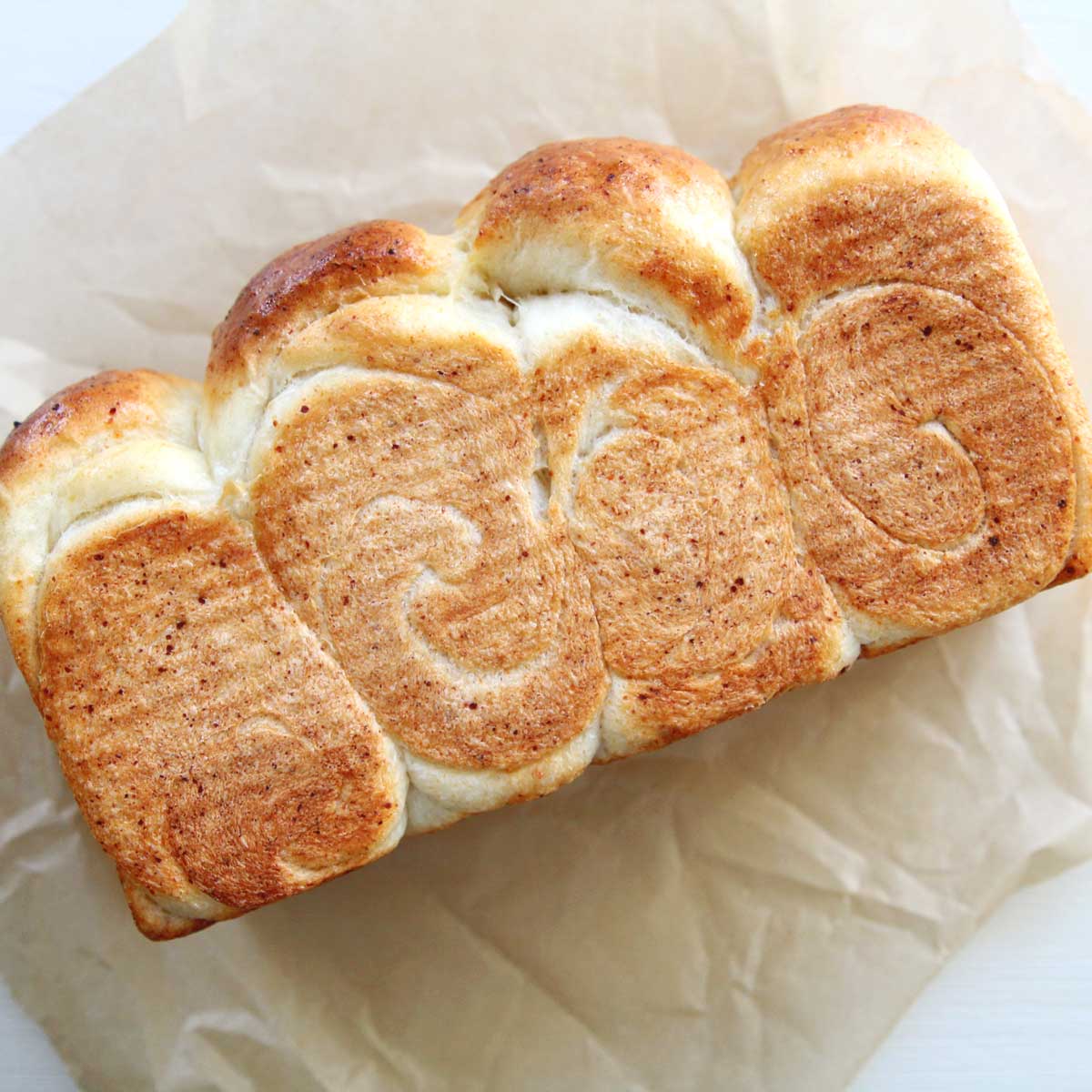
Final Tips
- Weigh your flour for the best results. 1 cup of bread flour = 120 grams / 4.23 oz. This is recommended since scooping the flour directly from the bag can can pack the flour into the measuring cup, and this means you'll end up with more flour than what's called for in the recipe. If you don't have a kitchen scale, you can measure the flour by spooning pre-sifted flour into the measuring cup, then using the straight end of the spoon to level the flour across the top to sweep off the excess.
- Baking time (as well as serving size) will vary based on the size of your baking pan, the material (silicone vs metal) of the pan. If you're not sure whether the bread is ready, you can insert a quick read thermometer into the bread - a finished loaf will register 190 F (or 88 C).
- To make this recipe in the bread machine: add all the dry ingredients into the machine, stir briefly before adding the wet ingredients. The machine can be set for basic. Check the dough for consistency and adjust by adding additional water (or flour) before the end of the first kneading cycle. If you want to add additional nuts or dried fruits, leave them aside, and only them 3 minutes before the end of the second kneading cycle.


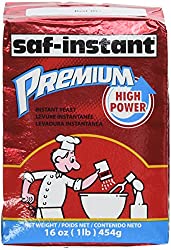
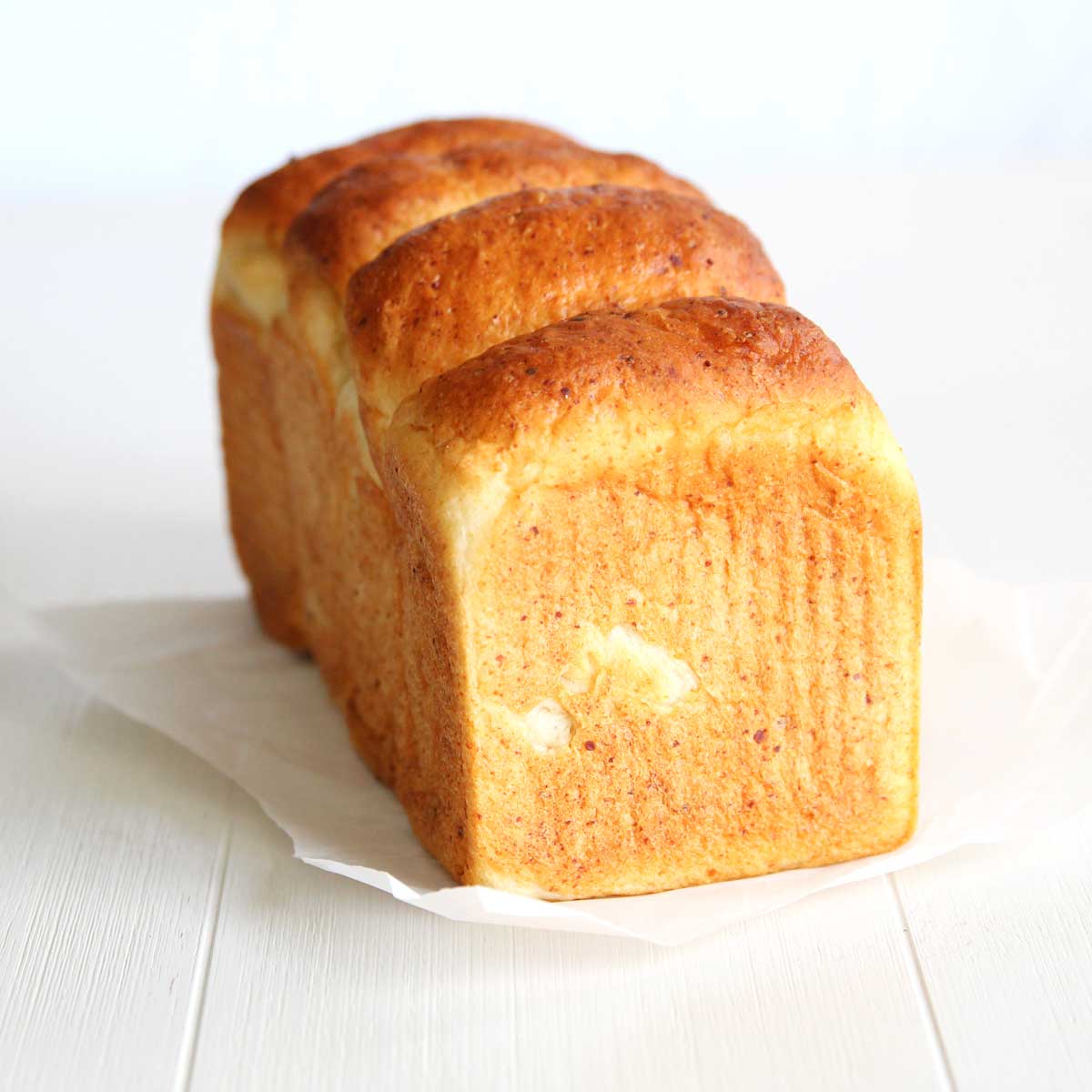
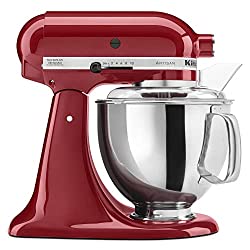

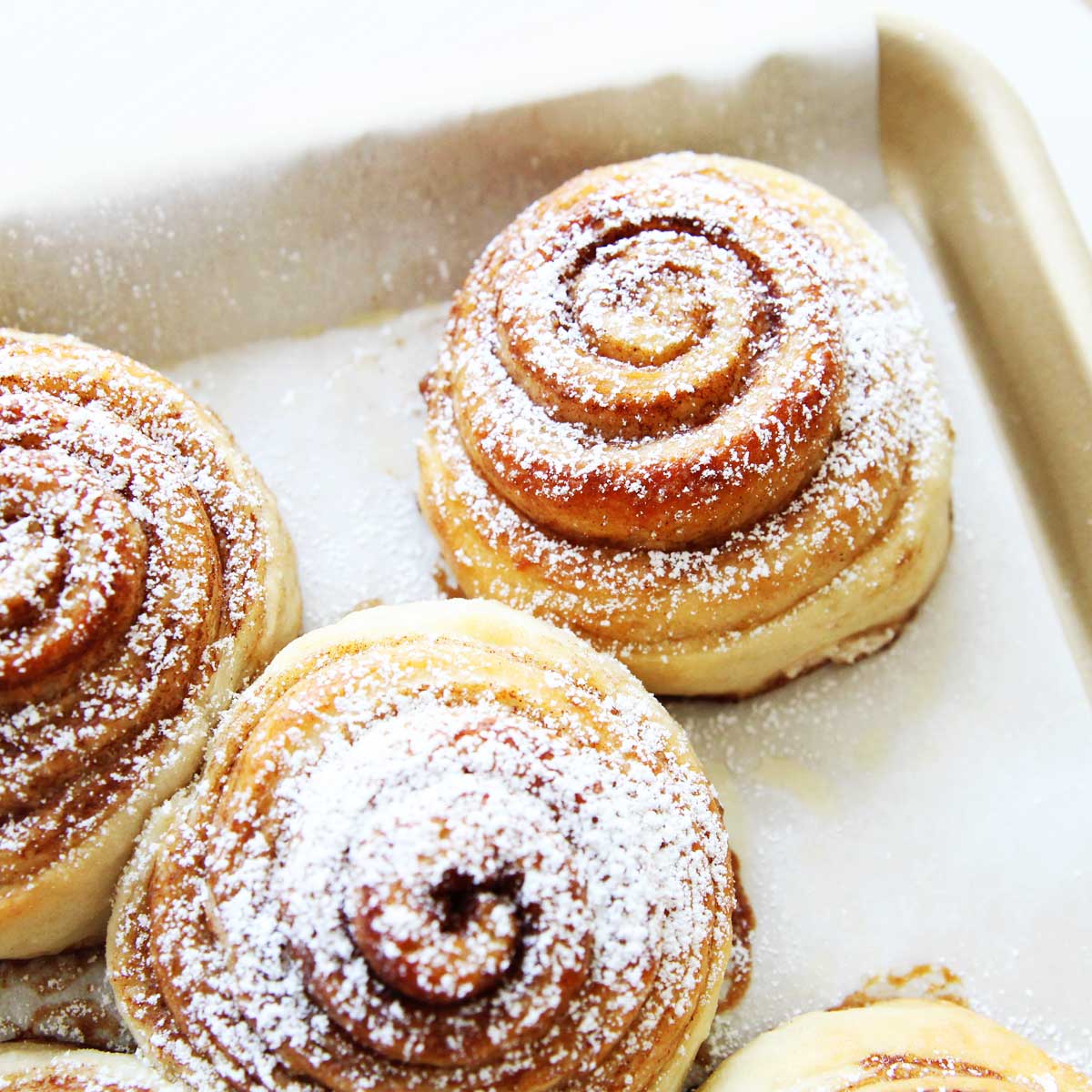
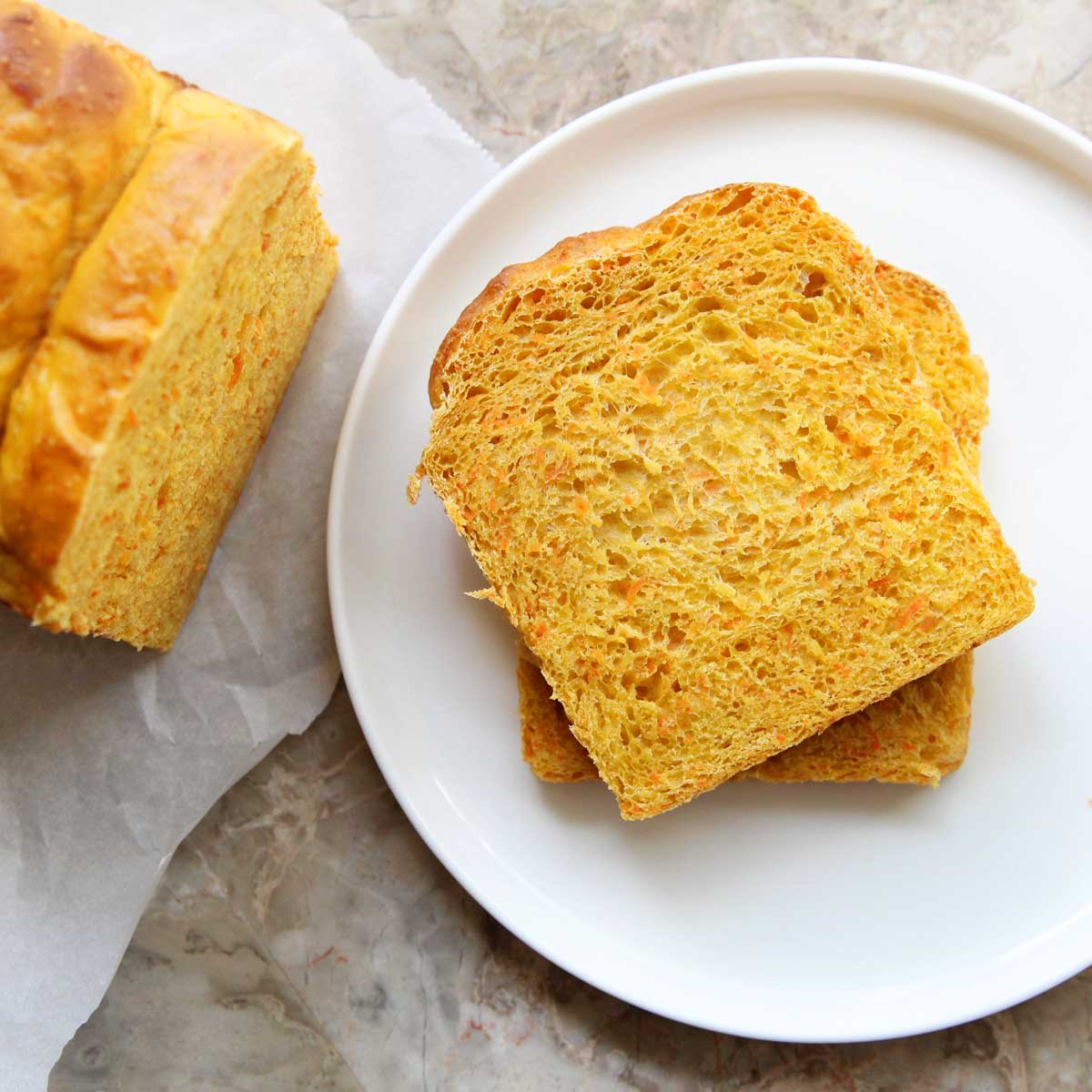
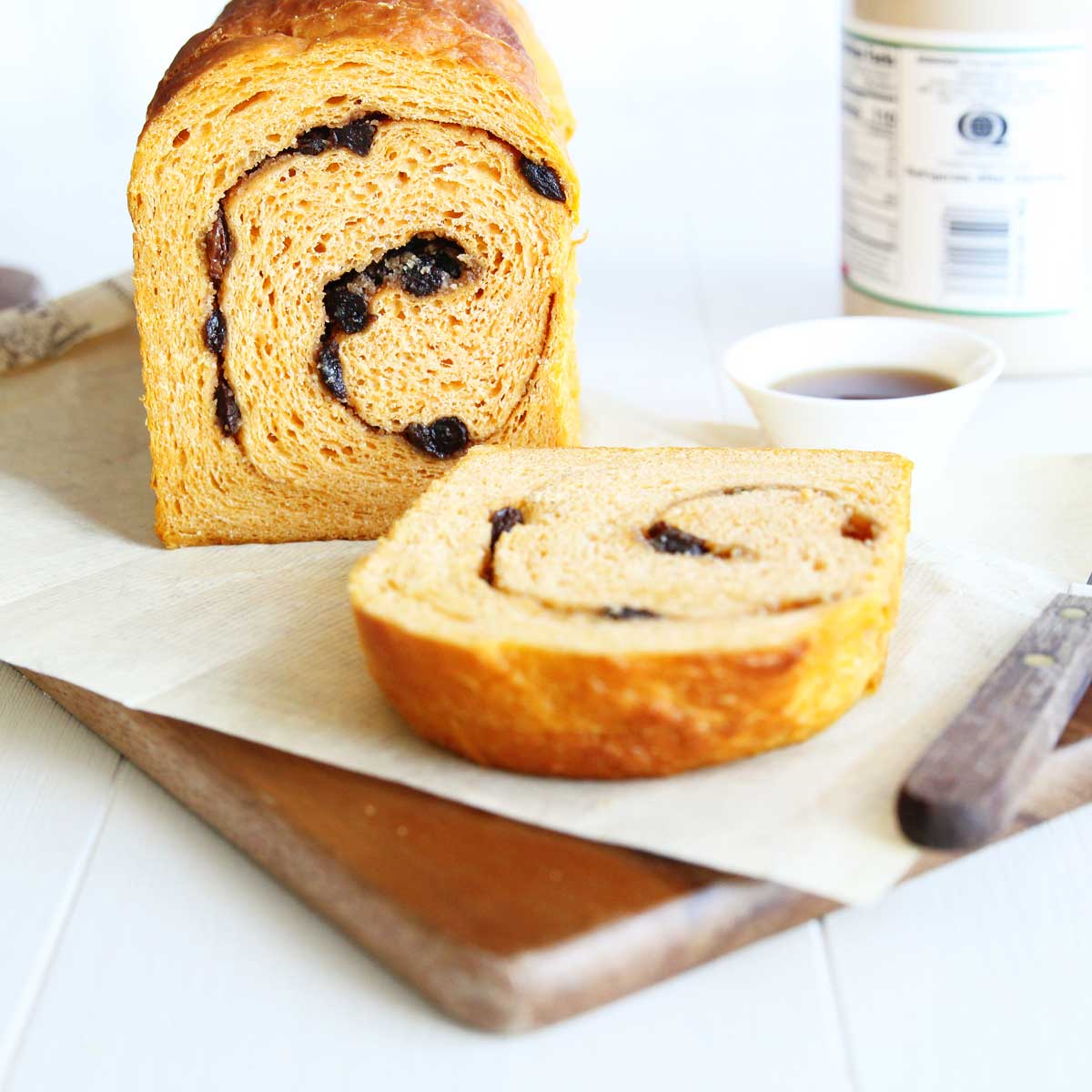
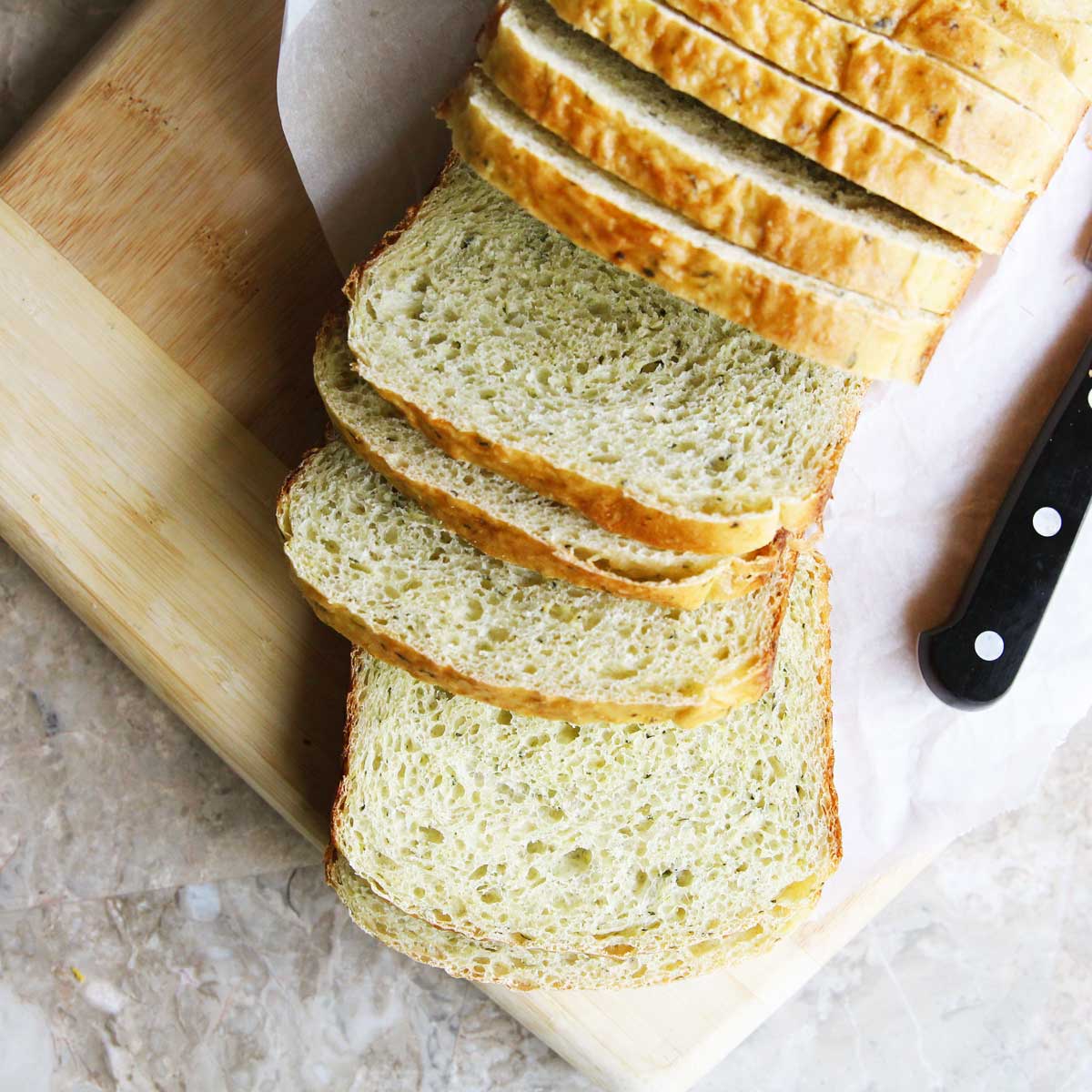
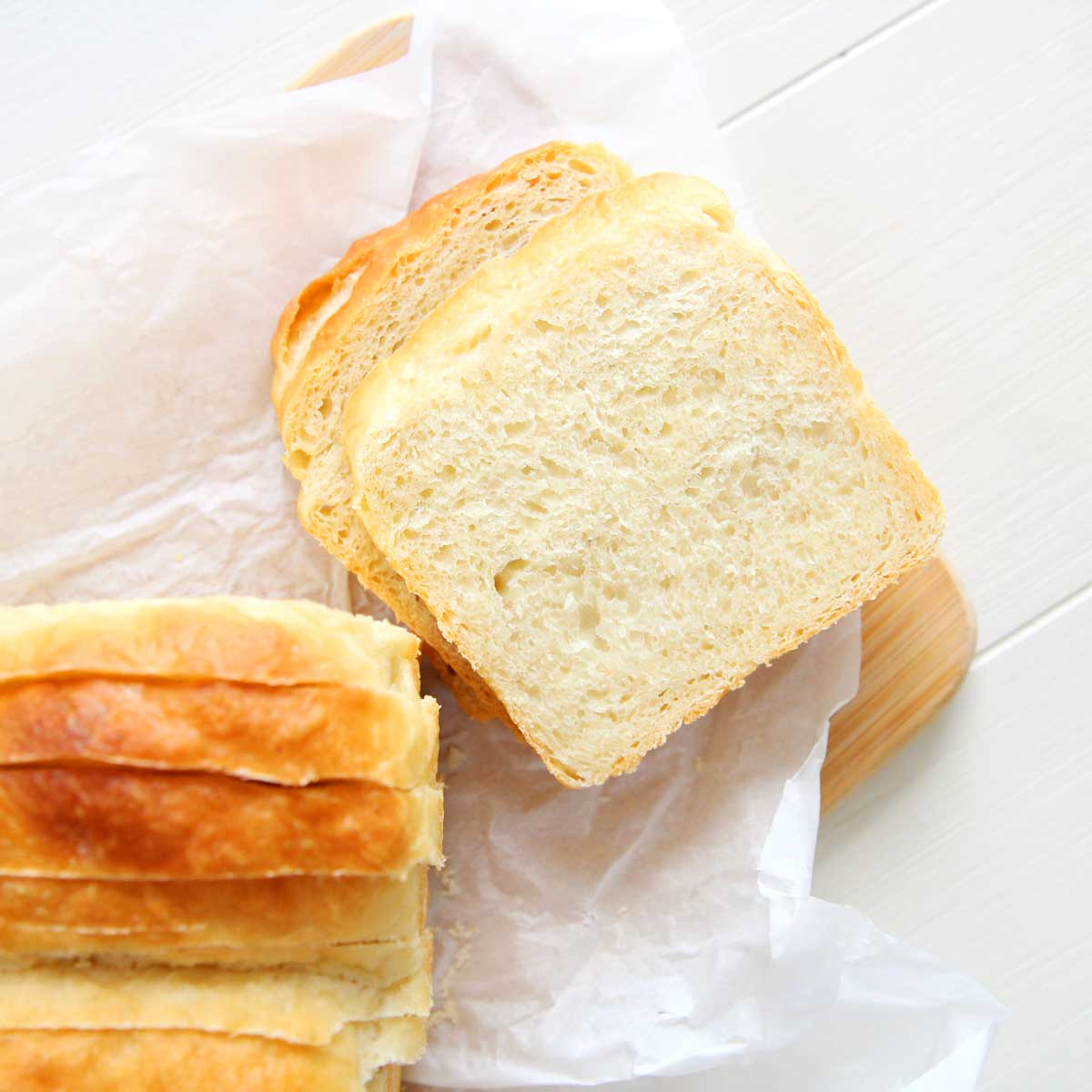
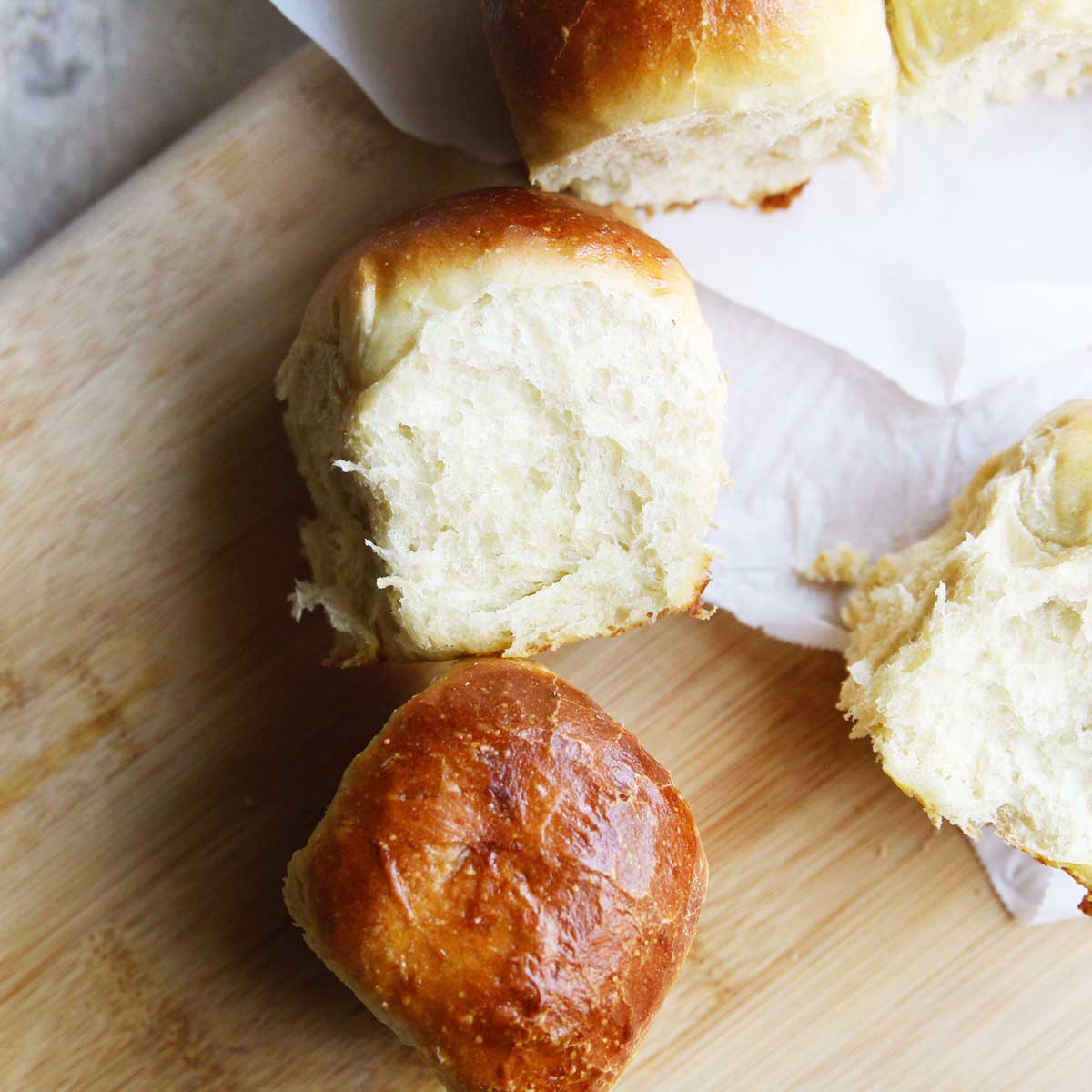
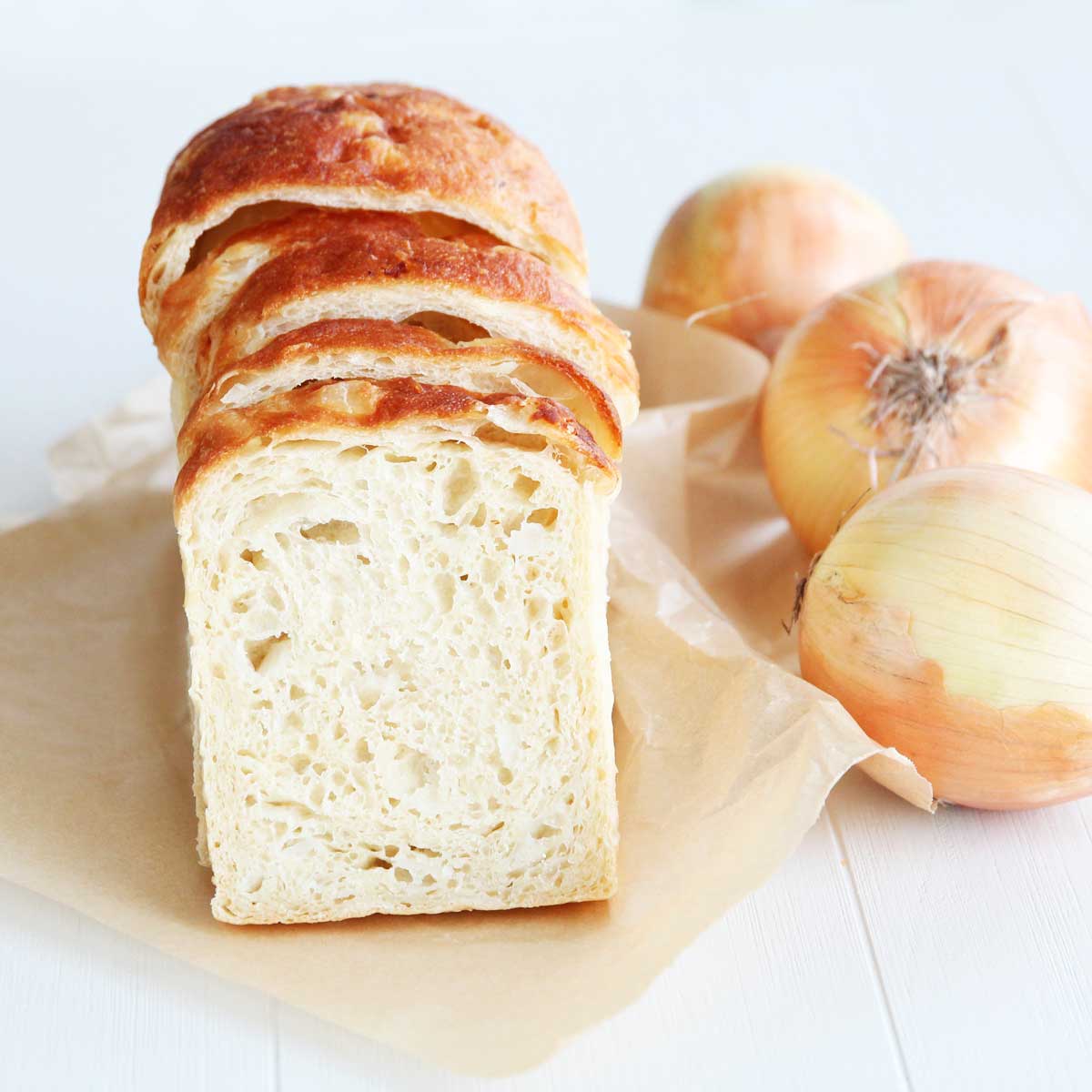

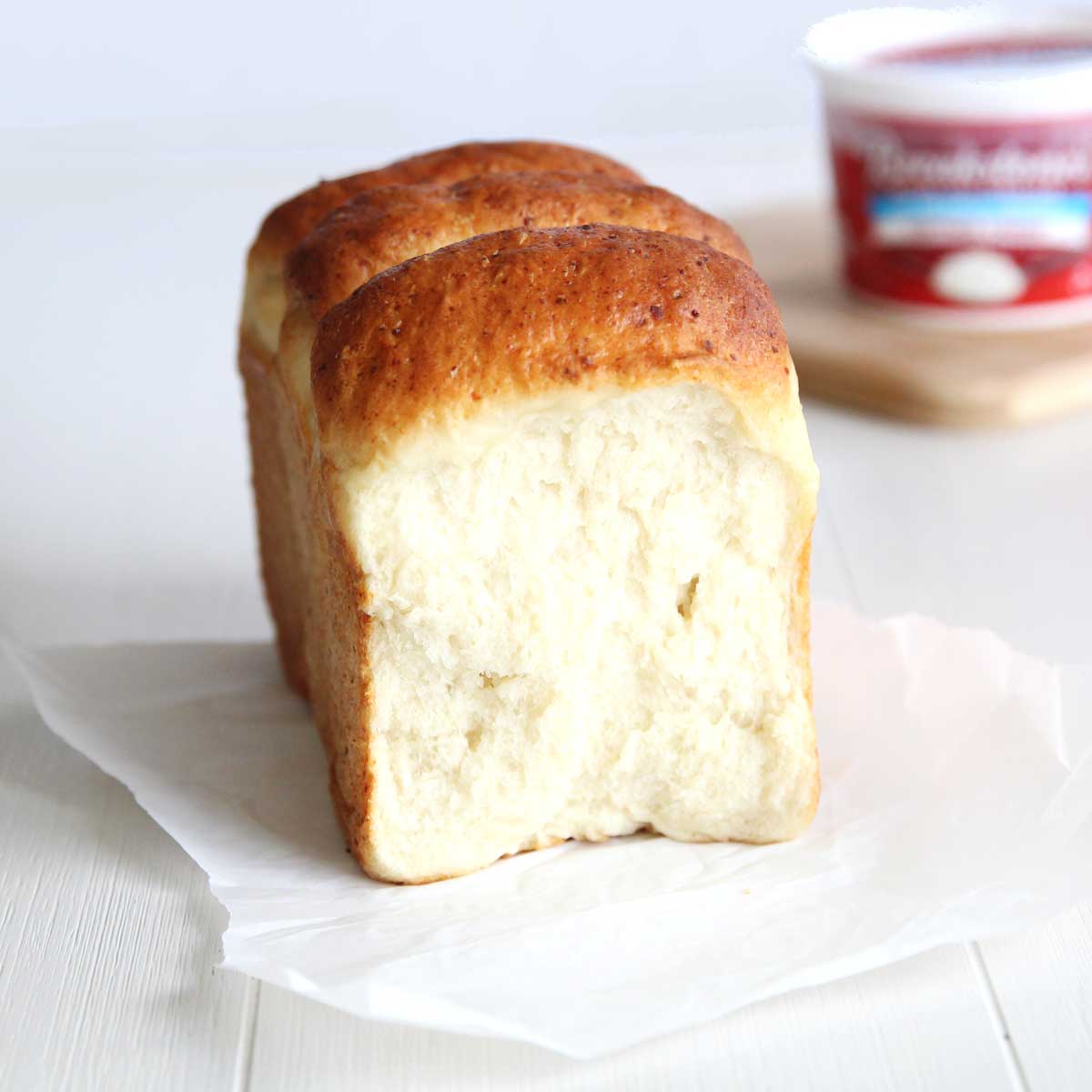
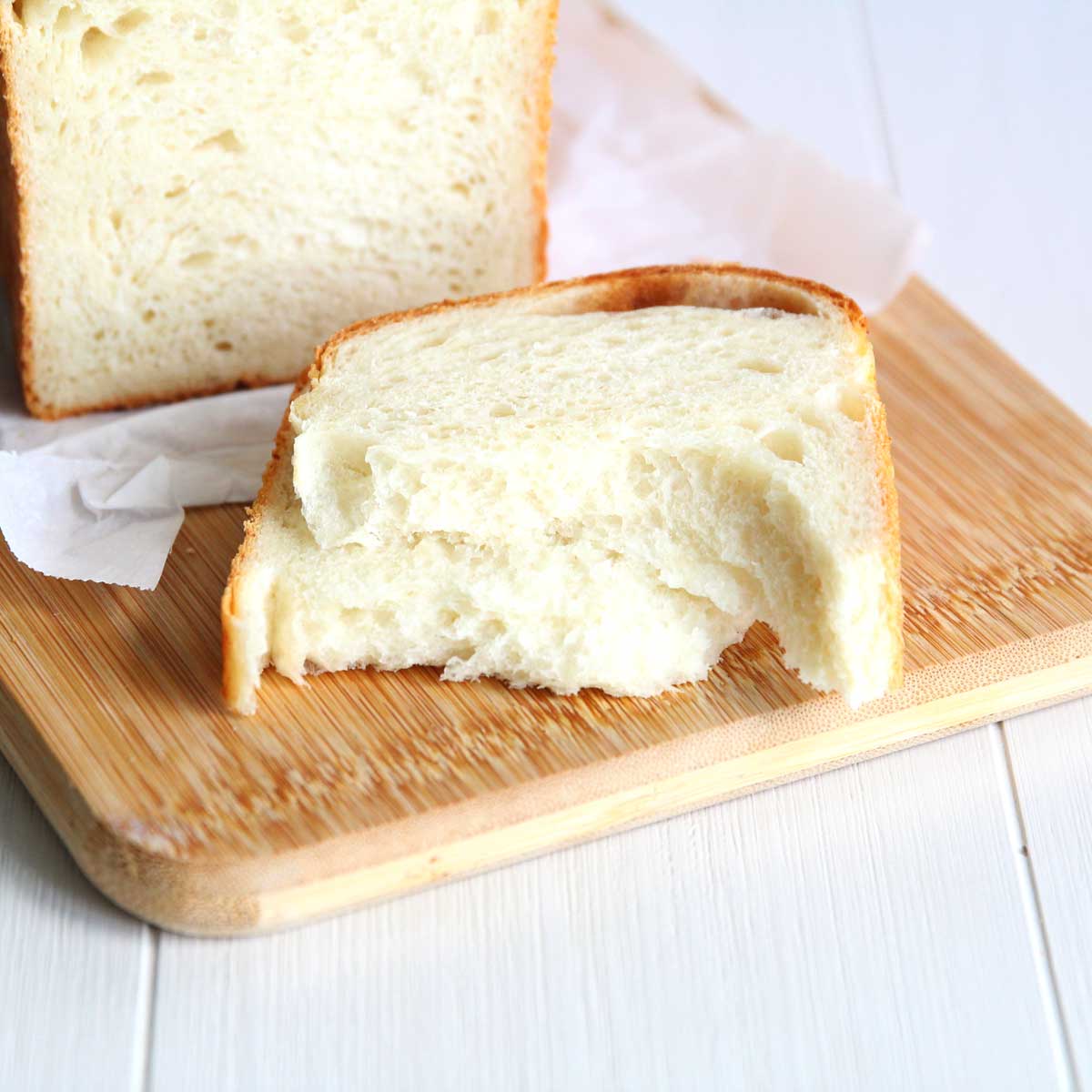
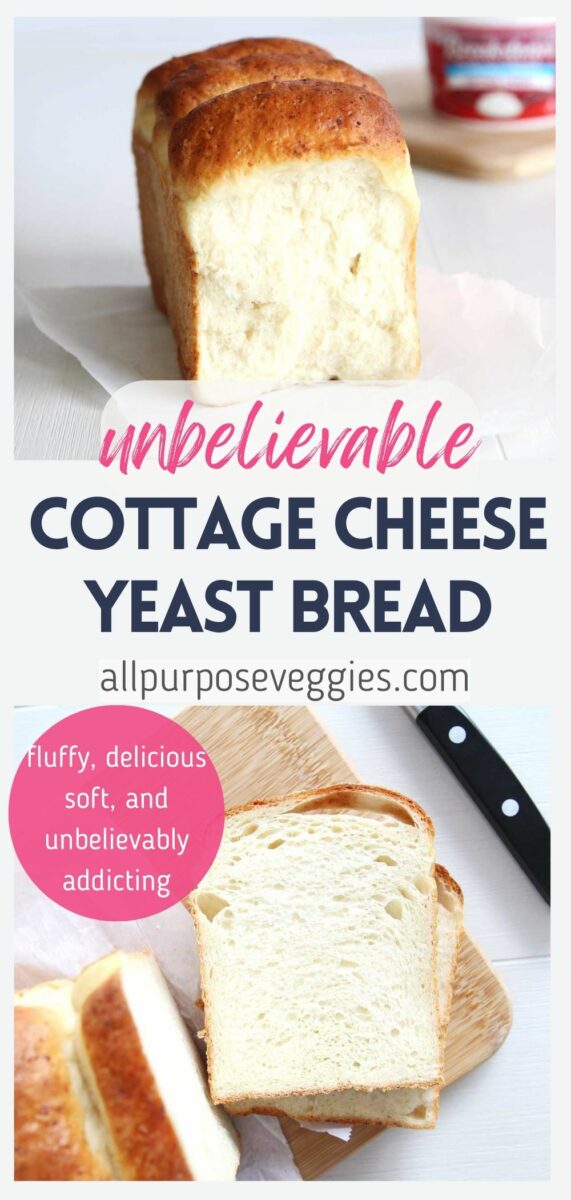
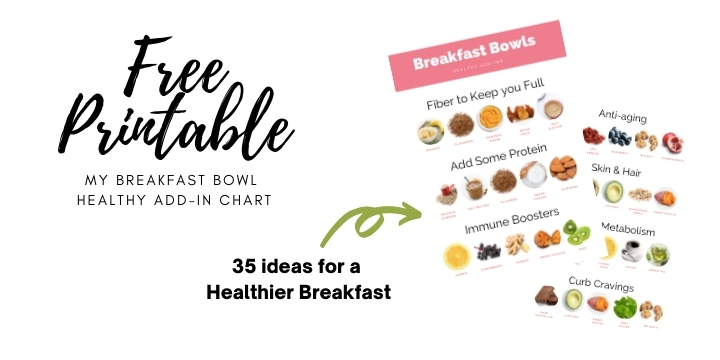
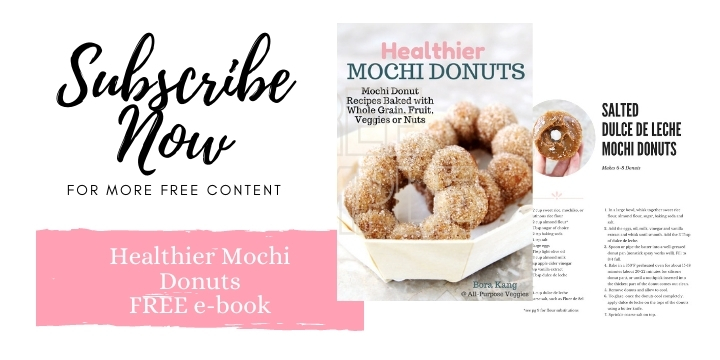
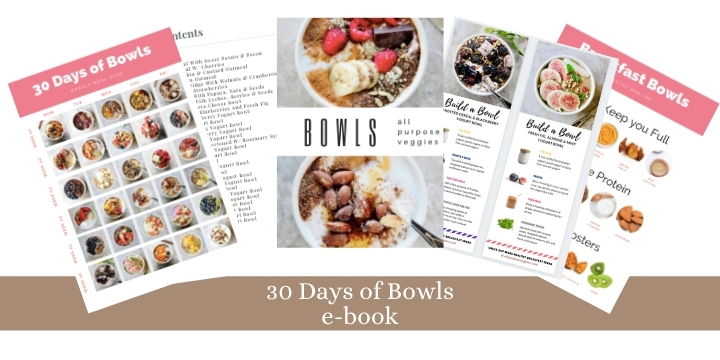
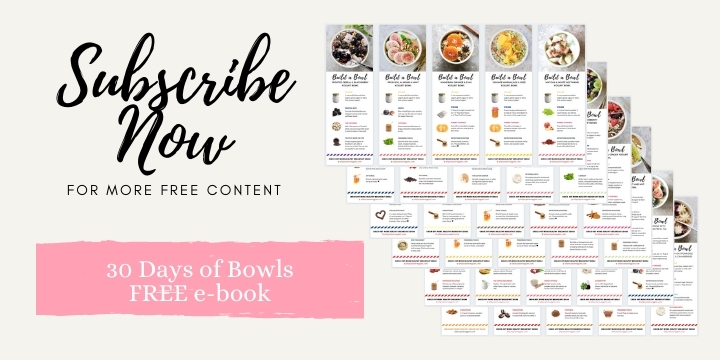
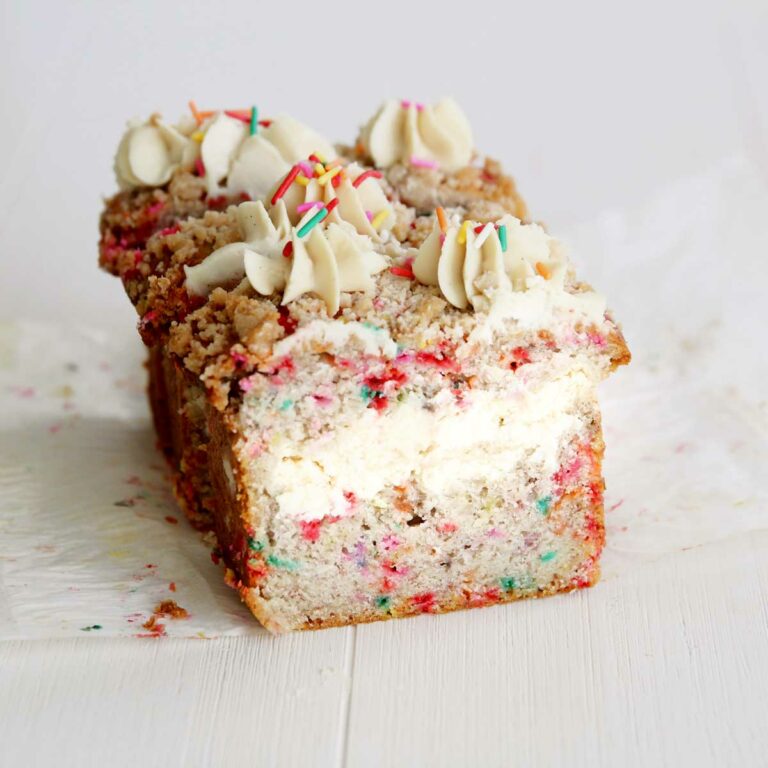

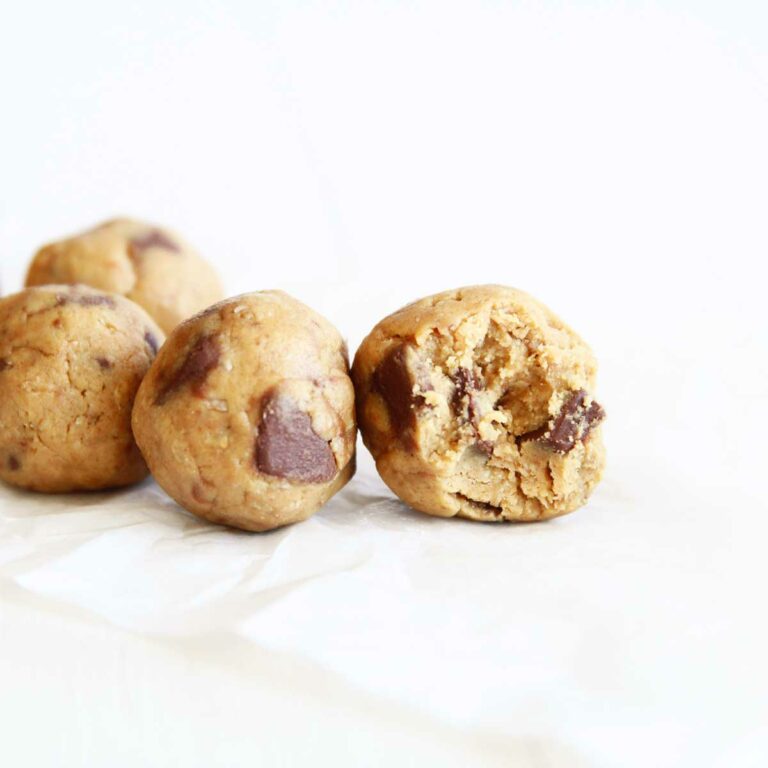
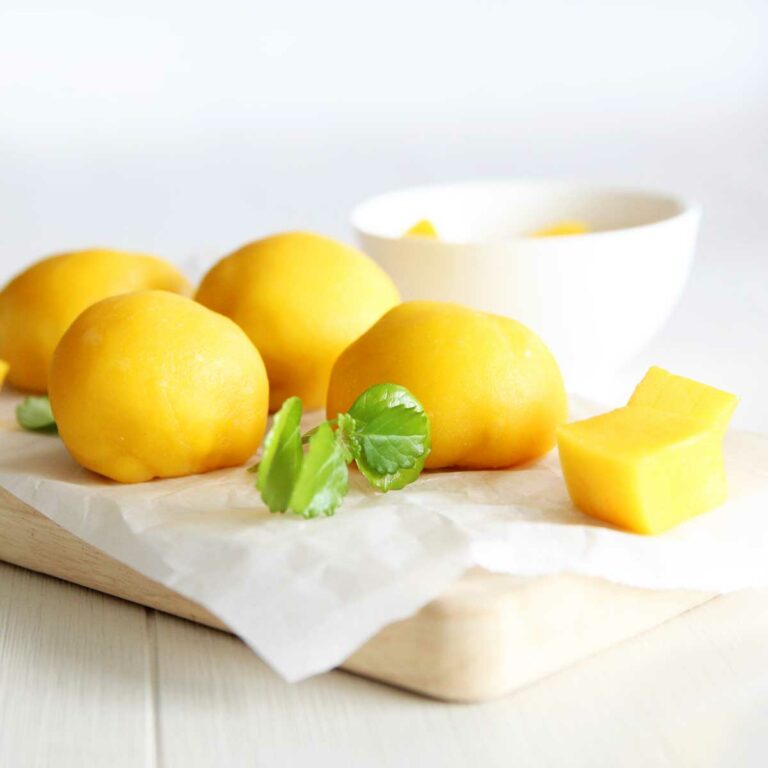
Donna says
Do you think this could be made in a 13x4x4 pullman pan??
All Purpose Veggies says
Hi Donna, yes - a 13x4x4 pullman pan should work for this recipe. The loaf will be flatter since it'll be longer than a 9x4x4 pan, but baking time should be about the same. Hope you enjoy!